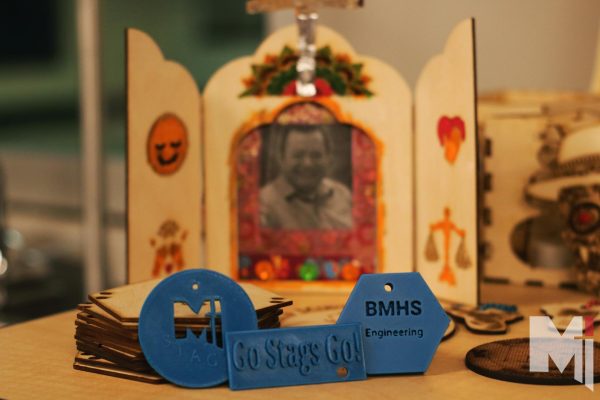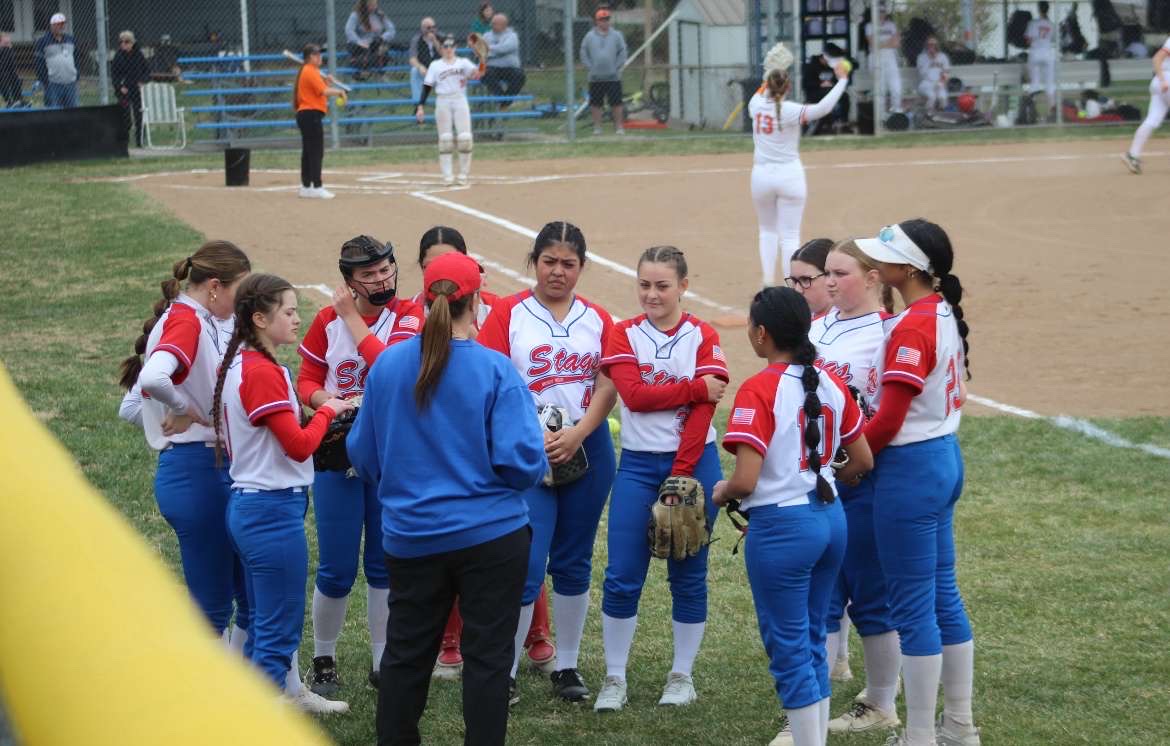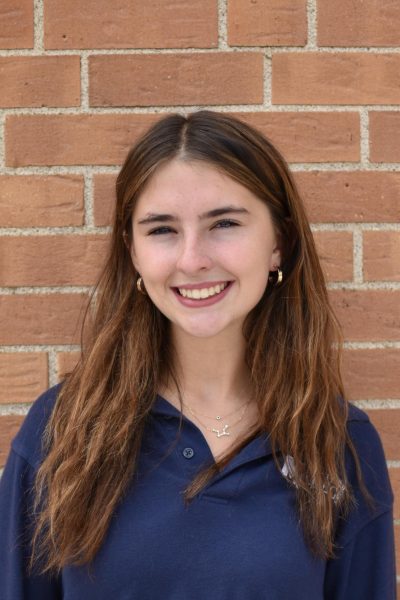The ‘Project Lead the Way’ Innovation Lab is a newfound highlight of technology and engineering for student exploration. From Spanish and art class collaborations to Introduction to Engineering classes, the studio has been able to feature a number of students and projects this past semester. Fundraised in honor of Joseph Pedrotti, the lab displays devices such as woodworking tools, 3D printers, microelectronics and vinyl and laser cutters. These utilities have spiked interest in the Engineering and Design Academic Community, allowing students to expand their career path exploration while in high school.
The PLTW lab demonstrates how technology usage has spiked interest in correlating fields such as Principle Science, Lab technicians and engineering.
The innovation lab has become a space for students to utilize the tools to experiment with new projects or simply a hobby of interest.

“When l feel creative on Fridays in flex time, I can just go in there and she lets us use the cut outs,” freshman Carlos Rodriguez said. “For Engineering we used it for our cars, and we used it for our airplanes to cut and 3D print the cars for racing and stuff.”
According to project studio coordinator Jackie Arico, the students learn new skills using different technology to operate the tools. The studio includes laser cutters, vinyl cutters, 3D printers.
“The interface on the machines themselves is just ‘press-start.,’” Arico said. “The part that students have to spend some time with is the programs that tell the machines how to operate.”
Utilizing the lab, students have expressed to lab coordinators that physical hands-on projects are not only more fun to look forward to, but help the concepts they learn stick with them.
“There’s definitely a place for your textbook, taking notes, studying, talking, writing papers, but when we do this project based learning it allows you to interact with the material in a different way, and maybe deeper,” Arico said.
As the lab serves as a focal point in the building, Arico expressed the end goal to be having everyone in the building gain some experience in the lab.
“This space is not for science and engineering; we want everyone to come in whether you’re interested in science and engineering or not,” Arico said.
Freshman theology classes spent the past few weeks collaborating with the lab and its coordinators to create word of the year bookmarks for their Bibles.
“It’s actually super helpful considering it takes me like five to 10 minutes to just find the page we’re reading on,” Rodriguez said.
According to the students, beginning an interactive project mid-year spiked interest in the lab and helped students look forward to class time.
“It just helps me get a good mindset, and it’s a reminder to us in our Bibles so we can look back at it,” freshman Gabby Calderon said.
Calderon also expressed how concrete projects help them to be more successful and stay engaged in their school environment.
“I’m more of a visual learner, it helps me understand things if we’re working on a project,” freshman Josie Astor said. “This helped me see a new point of view with creativity in math and all of my other classes.”
As Spanish I and II classes came in for Day of the Dead projects, Arico administered operating the devices and materials. The students created sugar skulls and nichos, or window structures, where they can put a picture of a loved one and engrave some icons for characteristics of virtues that this person had.

Class collaboration has caused a trend throughout the building with classes coming from all around such as art, theology, math, language and IED.
“The art class came in for an architectural project where they designed houses, and then we used laser cutters to cut out the walls and actually build them,” Arico said.
A feeder class to the lab and its utilities is Introduction to Engineering and Design. Featuring a range of grade levels, this class helps students gain basic skills and showcases projects such as creating models of race cars or other devices.
Using a program called OnShape, these classes design 3D models of physical objects which they can later create and 3D print. “That translates into, let’s say you want to work for “Huffy” and design a new mountain bike and you have to figure out how the pieces precisely fit together in a three-dimensional arrangement,” Arico said. “You can then make a small prototype of it to see if the pieces work or not.”

Modeling larger corporations, IED classes are one example of how the lab allows students to do rapid prototyping as a small sample size.
The impact that these small learning demonstrations have had on classes allows students to expand on the foundations laid out in basic classes such as Introduction to Engineering Design. As the lab offers a wide variety of tools and opportunities, students can further dive into career path exploration.
“There’s a lot of different materials we can use and a lot of different machines and it helps us widen our education,” Calderon said.













